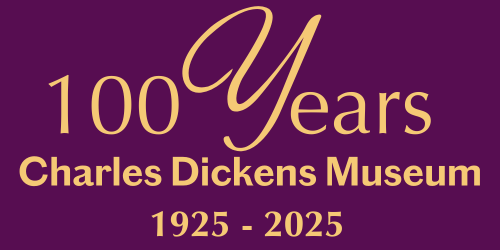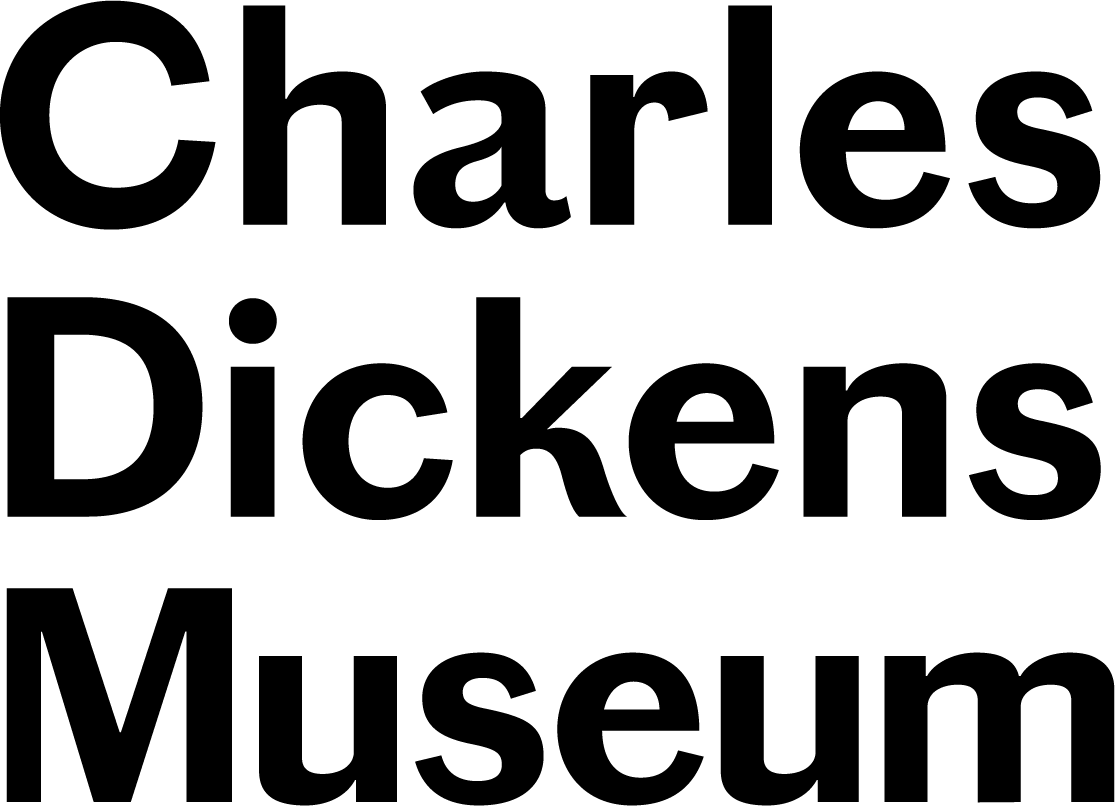A Millennial's Guide to Reading Dickens (If you're struggling)

For some people, reading a great classic novel such as Oliver Twist or Great Expectations comes easily. The writing style of Charles Dickens is amazing. His stories are vivid and descriptive, often sassy and sarcastic. There is certainly a reason why the work of Dickens continues to be enjoyed almost 200 years after it was first created.
But for the rest of us, reading a Dickens novel isn’t quite as immediately enjoyable. Familiar as we all are with characters like Ebenezer Scrooge and the Artful Dodger, many of us were introduced to these characters not by the great author himself, but through the many modern popular adaptations of his work. Think The Muppet Christmas Carol, or the 1960 musical Oliver!
For those of us who are, perhaps, less prepared for the style and writing of Charles Dickens, opening one of his books can be a bit overwhelming. They are usually pretty large texts and they are filled with words and phrases we no longer use. So reading A Tale of Two Cities will introduce you to some ‘wide jawed’ kings, while even A Christmas Carol uses wonderful old phrases such as ‘gladsome looks’ or bestowing a ‘trifle’ which immediately conjures up images of pouring custard and cream over someone.
Then there are the distractions. To those of us who were raised on the beautifully structured, tidy chapters of Harry Potter, Dickens’s style can be surprising. He simply wanders off on tangents which are seemingly insignificant to the rest of the story. In A Christmas Carol, for example, he spends a good few paragraphs discussing the appropriateness of the phrase ‘dead as a doornail,’ or in Oliver Twist he spends a good section of chapter one relaying how unimportant it is that he wastes the readers time in telling us which town little Oliver was born in.
In fact, what most people don’t realise is that Dickens – certainly in his early works such as The Pickwick Papers and Oliver Twist – did not set out to publish complete novels in their entirety. He actually published them section by section in various newspapers and magazines: so just as we feverishly wait for Disney to release the latest episode of The Mandalorian, so too did the Victorian audience await the latest instalment of Oliver Twist.
Dickens was also writing in a way which was designed to be read out loud. It’s worth remembering that in 1836 when the first Dickens stories began to appear, a huge chunk of the British population was illiterate. Stories from the newspapers and magazines would be read out in pubs, with families around the fire, among friend groups or in the many coffee shops and gin palaces which were dotted around London. So when Dickens says he won’t waste your time, but then proceeds to do just that, or when he spends a great deal of time debating the appropriateness of the phrase ‘dead as a doornail’ he is joking with you, the reader. Imagine that these tangents are being read out in a crowded room over a gin or a mug of ale, by a reader who is putting on impersonations and you begin to see why Dickens wrote the way he did. What he created time and time again was less a simple book, but rather something which was more like a novel, a movie and a pantomime all rolled into one.
But knowing this doesn’t necessarily make it any easier to read. The long sentences, Victorian cultural references and strange ways of speaking can turn the exercise of reading a Dickens novel into a bit of a chore. How often have you gone to read one of his books, only to give up by chapter three?
But don’t give in! Dickens is a writer who is perhaps rivalled in England only by William Shakespeare. His work has transformed the world we live in, from the way we celebrate Christmas, to our understanding of class and poverty. He has come to define the age he lived in and in many ways, created our imagining of Victorian London. We’ve put together a list of handy tips to help transform the way you read a Dickens book. Give them a try – before long you’ll be hooked!
- Start with an easy one.
Trust us, if you’ve never read a Dickens book before and you begin by foraying into Great Expectations or Bleak House, you’re going to get stuck pretty quickly. In fact, even Dickens’s contemporaries were aware of a change in style by Dickens as he got older. Later books such as Bleak House and Little Dorrit were seen at the time as much more serious social commentaries. They remained popular, but they didn’t have quite the same charm and comedy as some of the earlier novels. They were books which were written with a much more serious purpose than to simply entertain. If you are unused to Dickens’s style of writing and language, start with a relatively easy book such as A Christmas Carol or Oliver Twist.
- Cheat.
Have a quick google of the various characters you’ll be reading about before you start. True you wouldn’t normally skip to the ending when starting a new book, but these books are well over a century old, so you probably won’t find any spoilers. Getting a quick summary of the plotline and characters can be a really useful way of staying focused. Plus, when you’re less worried about following the storyline, you’ll be more relaxed and open to enjoying amazing descriptions and imagery which is created by Dickens through his writing. You will recognise people as they are introduced to you, and will be more savvy to the inside jokes and references made by Dickens. Looking up the story before you read it may seem like a real cheat, but it can really help you appreciate the real genius of Dickens and his colourful descriptions.
- Keep your phone on you.
On one hand reading is a lovely hobby which helps you escape the techno-obsessed world we live in. But the books written by Dickens can be full of cultural references and phrases which are not familiar to us in 2021. Sometimes it’s worth having your phone or computer near you so that you can quickly look up something which isn’t clear to you. It’s worth doing, as some of the jokes and comments made by Dickens are hilarious when you know the context, so well worth looking up.
- Take your time
Most books written in the modern world are designed to be read quickly. They tend to be clearly structured and simple reads, often created with people’s commutes in mind. Dickens novels on the other hand, were created to fill the time in the evening. Think of each chapter as an episode of your favourite TV programme: they are witty, descriptive, often quite long and written to be savoured and enjoyed. Often the characters are comical and are just waiting to be impersonated. Take your time to savour each sentence and paragraph, don’t try and hurry on to the next bit. Sit back, when reading his books, and really try to conjure up the image of what Dickens is writing about. You won’t be disappointed.
- Read out loud.
Alright you probably won’t want to read out loud if you are sat on the train home (and your fellow commuters may not thank you either, although you never know!). But when you are reading alone of an evening, if you start to stumble on a sentence, or reach a part of the story which is difficult to follow, start reading out loud instead of in your mind. Most of Dickens’s work was designed to be read out, and his literary style is very conversational. You’d be surprised how often reading out loud instead of in your mind can really help you follow what is going on.
- Do the accents!
If you’re feeling extra confident, or if there’s no one about to hear you, read the accents out loud too. Dickens was himself a keen performer and he wanted his stories to be read out and performed. He often wrote character speech in accents, particularly in the cockney accent, and when you start reading to yourself in this way you’ll be amazed how his sentences and tangents all suddenly make a lot more sense!
- Make it a social activity.
As much as us Brits are famously anti-social, novels by Dickens were meant to be read in public and you’ll really see the comedy and wit a lot more when you read one of his books with someone else. Try making a book club, or joining one, where you can all read out loud together. It will really bring out the storylines so much better. If you don’t want to read with other people, you could always do what Dickens himself did and read in front of a mirror. No joke, the author would regularly act out his characters in front of his mirror so that he could see how well his character was forming!
- Look out for the sarcasm.
This is also helped by doing the accents out loud. Sometimes, if you’re reading too formally in your mind, you can read a sentence which doesn’t seem to make any sense. For example, in Oliver Twist, Dickens writes about Mrs Mann, Oliver’s early guardian. He talks about how corrupt and horrible she was, but later on refers to Oliver being led along by his ‘benevolent protectress,’ which is obviously a good thing. Why this apparent contradiction? Because Dickens is being sarcastic! He’s making a joke with us as the reader. So whenever you come up against an awkward sentence, or a phrase which doesn’t seem to sit well, try saying it sarcastically and you may find you’re being let in on a 180 year old joke.
- Make it immersive
One of the most brilliant things about Dickens is the fact that he really paints a picture. He describes in colourful detail what people were eating, what the smells were, what the sights were like. To really immerse yourself into the book, why not create a situation as you’re reading. Pour yourself a gin and water with a sugar lump while reading Oliver Twist, or else open a window and let the breeze wash over you as you begin Great Expectations on the Thames Estuary marshes.
- Use an Audio Book

